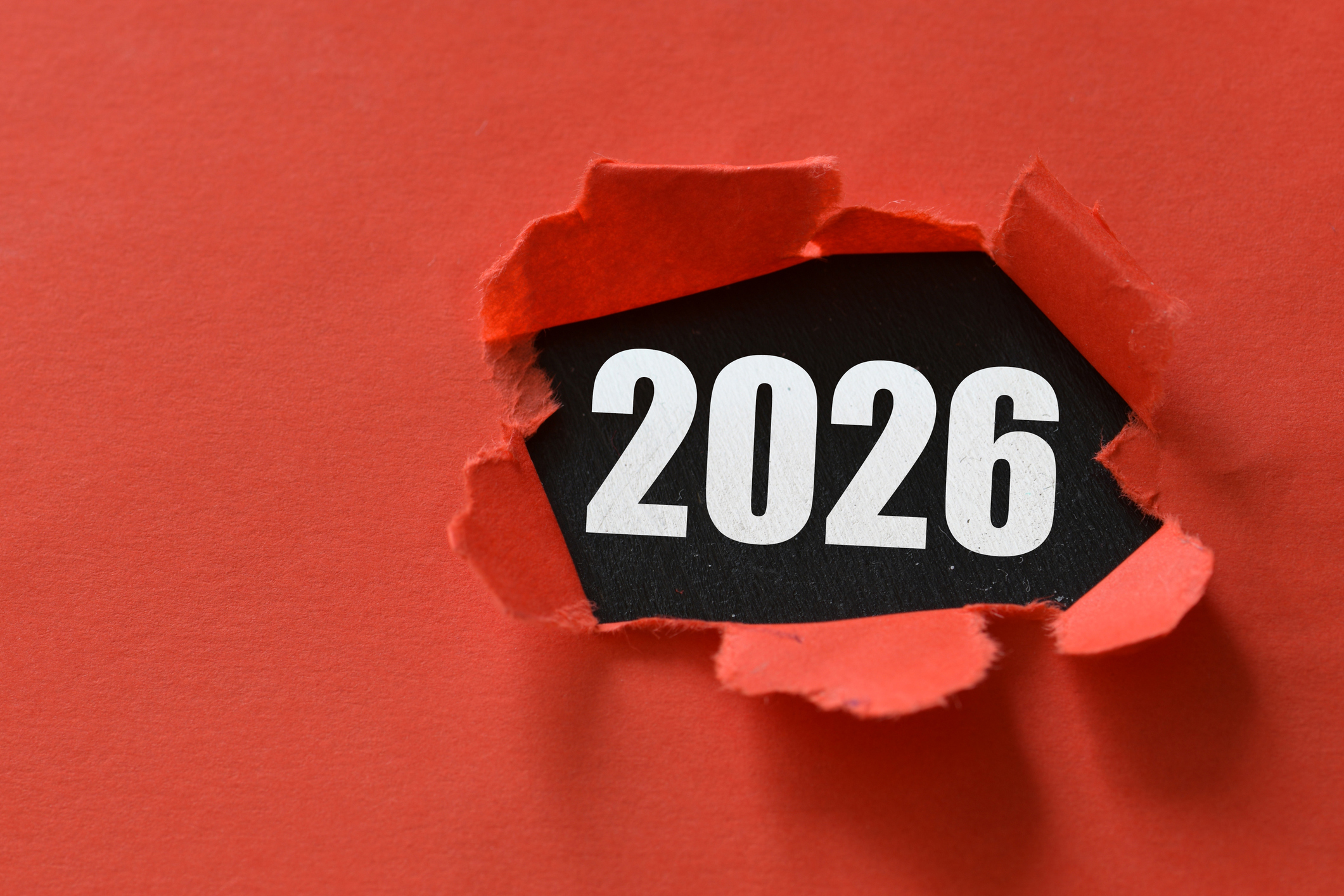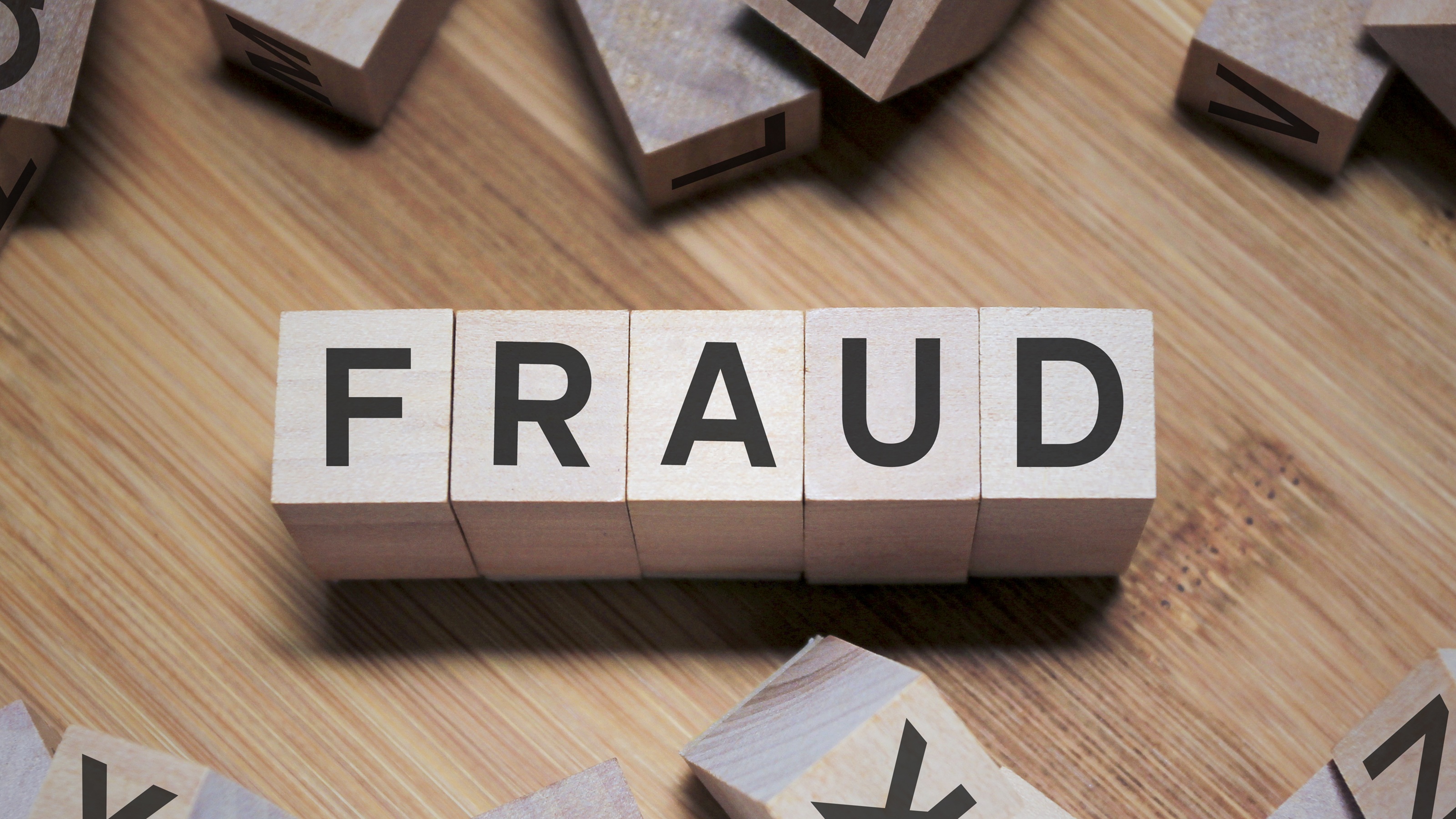The Big Financial Stories of 2021 and What to Expect in 2022
There were a lot of big financial stories in 2021, especially as the economy tried to rebound amid the pandemic. As we head into the new year, there are some significant financial changes everyone should keep an eye out for.


From high inflation rates and meme stocks like Game Stop to the economy trying to recover from the first year of the pandemic, a lot happened in 2021 that impacted our finances. As we get ready to celebrate the holidays and ring in the new year, it’s a good time to look back on what happened in 2021 and how we can prepare for the future.
Inflation Reaches an Almost 40-Year High
High prices for gas, lumber, homes and groceries started making headlines as early as May of 2021. The U.S. consumer price index rose 6.2% over the previous year in October, marking the biggest jump in inflation since December of 1990. It was even worse in November, with prices rising 6.8%, the fastest pace since 1982. Despite more workers in the U.S. bringing home more in each paycheck, people can’t tell due to the higher prices of consumer goods they’re seeing.
As much as we hope these increased costs will be left behind in 2021, economists aren’t optimistic about 2022. But there are some things you can do now to prepare for these unexpected price increases. Prioritizing your debt will give you the wiggle room in your budget to react to inflated prices at the pump or grocery store. Concentrate on paying off one debt at a time while still making minimum payments on your other debts.
From just $107.88 $24.99 for Kiplinger Personal Finance
Become a smarter, better informed investor. Subscribe from just $107.88 $24.99, plus get up to 4 Special Issues

Sign up for Kiplinger’s Free Newsletters
Profit and prosper with the best of expert advice on investing, taxes, retirement, personal finance and more - straight to your e-mail.
Profit and prosper with the best of expert advice - straight to your e-mail.
Another way to combat inflation is by contributing to your emergency fund to cushion the blow of rising costs. Your emergency fund should have enough money to cover three to six months of expenses. You may also want to reach out to an expert. Financial professionals have a lot of experience fitting the cost of inflation into a budget. They can be a good resource to make sure you’re on the right path when it comes to your finances.
RMDs Return
Required minimum distributions, or RMDs, are a mandatory withdrawal that retirees must take from qualified accounts, such as 401(k)s, traditional IRAs or 403(b)s, starting at age 72 for anyone born on July 1, 1949, or later – or 70-½ if you were born before then.
In 2020, minimum withdrawals were suspended for retirees under the CARES Act. The idea was to give retired taxpayers some relief after the stock market dropped more than 30% in March 2020. The 2020 provision let the money retirees would have withdrawn stay in the market and hopefully recover and grow. But that change was only temporary, and in 2021 retirees were required to start making withdrawals again.
What Do We Need to Watch Out for in 2022?
Changes to the IRS Tax Brackets
The IRS makes changes to the tax bracket thresholds each year based on inflation rates. In 2022, the changes will be significant, going from 1% to 3%. For example, if a married couple was in the upper end of the 35% tax bracket in 2021, in 2022 they can make almost $20,000 more before being bumped up into the top tax bracket of 37%.
We can prepare for changes like these by planning all year-round. Utilizing various tax-planning strategies during your working years can help keep your tax burden management during retirement. If you have concerns about how tax changes could impact your financial future, speak with a financial professional.
401(k) Contribution Changes
The IRS is also changing the maximum amount taxpayers can contribute to their 401(k)s. In 2022, the amount people can contribute to their 401(k) will increase by $1,000 to $20,500 (plus $6,500 more as a catch-up contribution if you are 50 or older, for a grand total of $27,000).
For traditional and Roth IRA contributions, the amount people can contribute is the same as in 2021 ($6,000 per year, or $7,000 if you’re 50 or older). However, more high-income individuals will be able to contribute to Roth IRAs next year. The IRS increased the income phase-out range for taxpayers making these contributions. It will range from $129,000 to $144,000 for single taxpayers, and from $204,000 to $214,000 for those who are married filing jointly.
Understanding what changes are coming in the new year can make a big difference in your financial future. Sit down with a financial adviser to create a plan to help you meet your retirement goals.
Profit and prosper with the best of Kiplinger's advice on investing, taxes, retirement, personal finance and much more. Delivered daily. Enter your email in the box and click Sign Me Up.

Tony Drake is a CERTIFIED FINANCIAL PLANNER™ and the founder and CEO of Drake & Associates in Waukesha, Wis. Tony is an Investment Adviser Representative and has helped clients prepare for retirement for more than a decade. He hosts The Retirement Ready Radio Show on WTMJ Radio each week and is featured regularly on TV stations in Milwaukee. Tony is passionate about building strong relationships with his clients so he can help them build a strong plan for their retirement.
-
 Stocks Extend Losing Streak After Fed Minutes: Stock Market Today
Stocks Extend Losing Streak After Fed Minutes: Stock Market TodayThe Santa Claus Rally is officially at risk after the S&P 500's third straight loss.
-
 What Bilt Cardholders Need to Know as Wells Fargo Exits the Program
What Bilt Cardholders Need to Know as Wells Fargo Exits the ProgramA major shake-up in the Bilt Rewards program could affect your credit card, rent rewards and points strategy heading into 2026.
-
 3 Major Changes to the Charitable Deduction in 2026
3 Major Changes to the Charitable Deduction in 2026Tax Breaks About 144 million Americans might qualify for the 2026 universal charity deduction, while high earners face new IRS limits. Here's what to know.
-
 I'm a Financial Pro: You Really Can Make New Year's Money Resolutions That Stick (and Just Smile as Quitter's Day Goes By)
I'm a Financial Pro: You Really Can Make New Year's Money Resolutions That Stick (and Just Smile as Quitter's Day Goes By)The secret to keeping your New Year's financial resolutions? Just make your savings and retirement contributions 100% automatic.
-
 As We Age, Embracing Our Own Self-Doubt Can Be a Gift: A Cautionary Tale About Elder Financial Abuse
As We Age, Embracing Our Own Self-Doubt Can Be a Gift: A Cautionary Tale About Elder Financial AbuseAn aging couple hired a company that illegally required large deposits, and then they decided to stick with the company even after an employee stole from them.
-
 Domestic vs Offshore Asset Protection Trusts: A Basic Guide From an Attorney
Domestic vs Offshore Asset Protection Trusts: A Basic Guide From an AttorneyLearn the difference between domestic asset protection trusts and foreign or offshore asset protection trusts to help you decide what might work best for you.
-
 Now That You've Built Your Estate Planning Playbook, It's Time to Put It to Work
Now That You've Built Your Estate Planning Playbook, It's Time to Put It to WorkYou need to share details with your family (including passwords and document locations) and stay focused on keeping your plan up to date.
-
 I'm a Wealth Adviser: These 10 Strategies Can Help Women Prepare for Their Impending Financial Power
I'm a Wealth Adviser: These 10 Strategies Can Help Women Prepare for Their Impending Financial PowerAs women gain wealth and influence, being proactive about financial planning is essential to address longevity and close gaps in confidence and caregiving.
-
 I'm a Financial Planning Pro: This Is How You Can Stop These 5 Risks From Wrecking Your Retirement
I'm a Financial Planning Pro: This Is How You Can Stop These 5 Risks From Wrecking Your RetirementYour retirement could be jeopardized if you ignore the risks you'll face later in life. From inflation to market volatility, here's what to prepare for.
-
 Are You Hesitating to Spend Money You've Spent Years Saving? Here's How to Get Over It, From a Financial Adviser
Are You Hesitating to Spend Money You've Spent Years Saving? Here's How to Get Over It, From a Financial AdviserEven when your financial plan says you're ready for a big move, it's normal to hesitate — but haven't you earned the right to trust your plan (and yourself)?
-
 Time to Close the Books on 2025: Don't Start the New Year Without First Making These Money Moves
Time to Close the Books on 2025: Don't Start the New Year Without First Making These Money MovesAs 2025 draws to a close, take time to review your finances, maximize tax efficiency and align your goals for 2026 with the changing financial landscape.